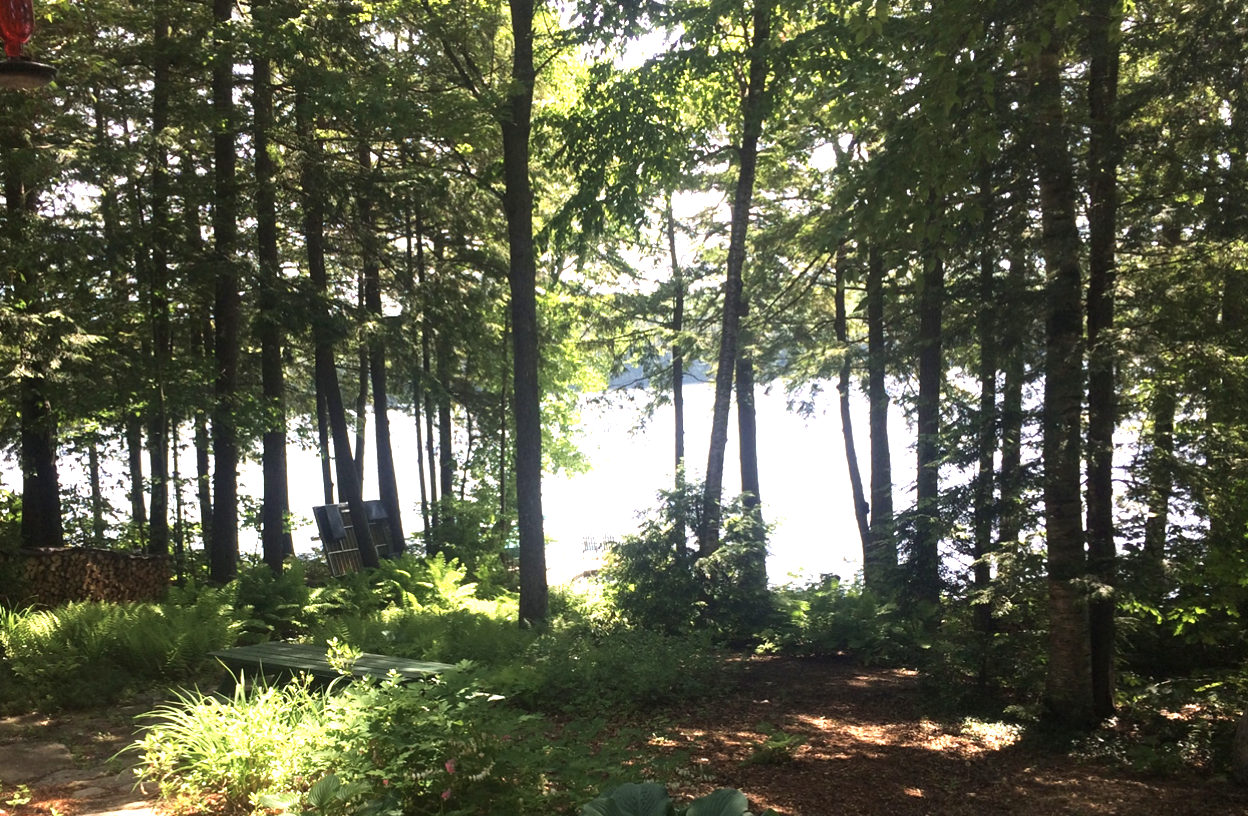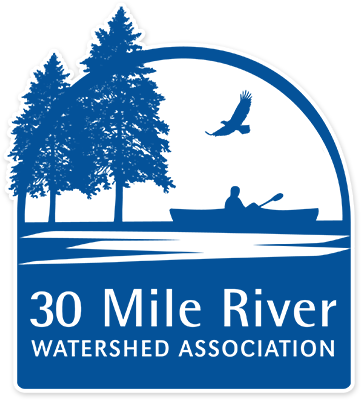The shoreline habitat surrounding our lakes and streams is critical to the health of the greater lake ecosystem. Functioning shoreline zones not only protect water quality, but also the wildlife that live in and around the lake. In fact, more animals can be found in shoreland habitats than in any other habitat type in Maine; hundreds of species depend on shoreland zones for survival. We, humans, are also attracted to the lakefront. But as populations grow and development around the lake increases, natural shoreland habitat is decreasing.
In order to maintain water quality and protect wildlife, it is important to preserve and maintain naturally vegetated shoreland areas. Maine’s Mandatory Shoreland Zoning Act requires municipalities to adopt land use regulations for all areas within the shoreland zone. Shoreland zoning ordinances include limitations for the disturbance, cutting, or removal of vegetation within 100 feet of a lake, and 75 feet of streams and wetlands. Here are some of the general guidelines for clearing vegetation in the shoreline buffer zone:
- Existing vegetation less than 3 feet in height (including ground cover, leaf litter, and the natural forest duff layer) CANNOT be cut, covered, or removed, except to provide for a footpath.
- A winding footpath, no more than 6 feet wide, is allowed for each shorefront lot or per every 200 feet of shoreline owned. The path should be meandering, so runoff is more likely to be trapped by vegetation and natural depressions within the buffer.
- No openings in the forest canopy may exceed 250 square feet.
- Openings in buffer vegetation that have naturalized with woody vegetation cannot be re-cleared.
- No structures are allowed within the shoreline buffer area. This includes storage buildings, boat houses, patios, decks, tents, and portions of dock extending above the normal high-water line
- Legally existing non-conforming cleared openings may be maintained, but shall not be enlarged.
- Pruning the lower 1/3 of branches of a tree is allowed.
Please note that some municipalities have established ordinances that are even more restrictive than the state requirements, so you should always consult with your local code enforcement officer (CEO) before you begin any clearing or cutting of vegetation in the shoreland zone.
To learn more about how to establish or improve your vegetated shoreline buffer:
Protect Your Pond (Vegetated Buffer) – Maine Lakes
The Buffer Handbook – Maine DEP/US EPA
Common Shrubs for Central Maine Shorelines – Maine Lakes
Lakes Like Less Lawn – Portland Water District
Hosting your local LakeSmart team is a great way to learn more about how you can manage your property to protect the lake. For more information, or to request a visit by your LakeSmart team, visit 30 Mile’s LakeSmart webpage: https://30mileriver.org/lakesmart/
This article was included in 30 Mile’s October 2022 newsletter. To view the full newsletter, click here.

